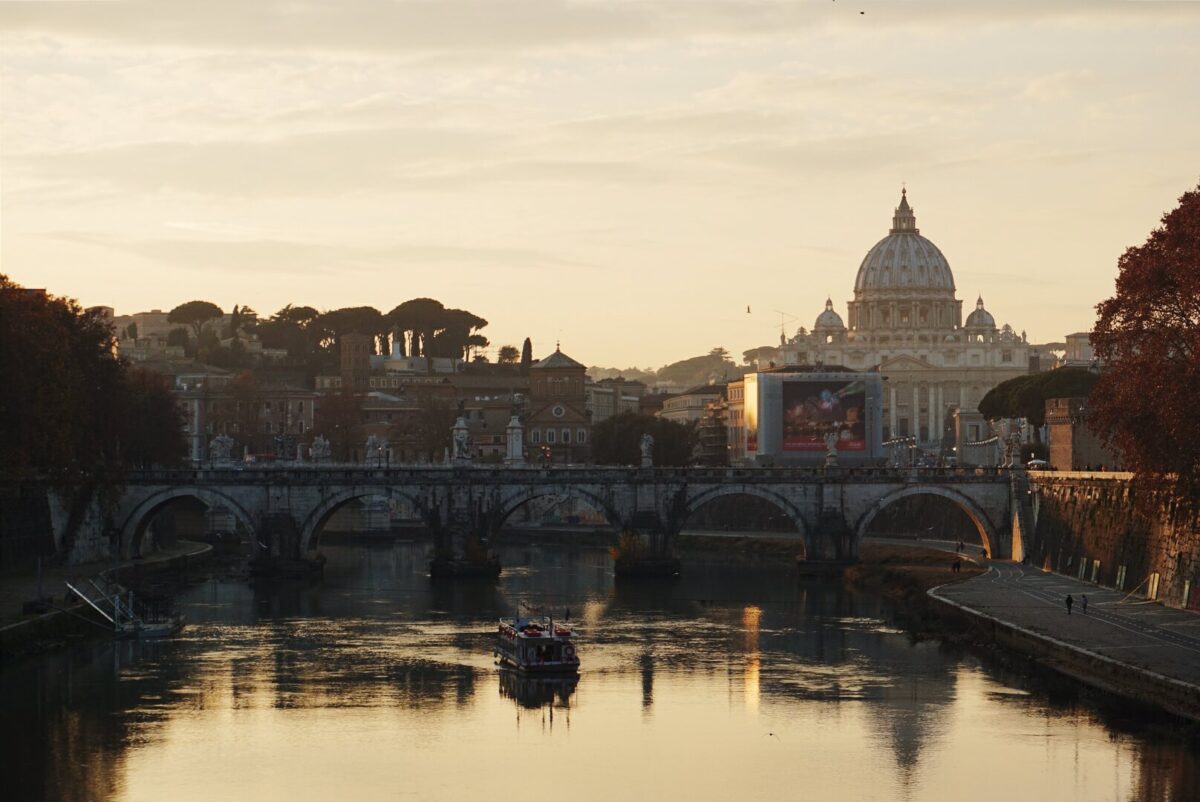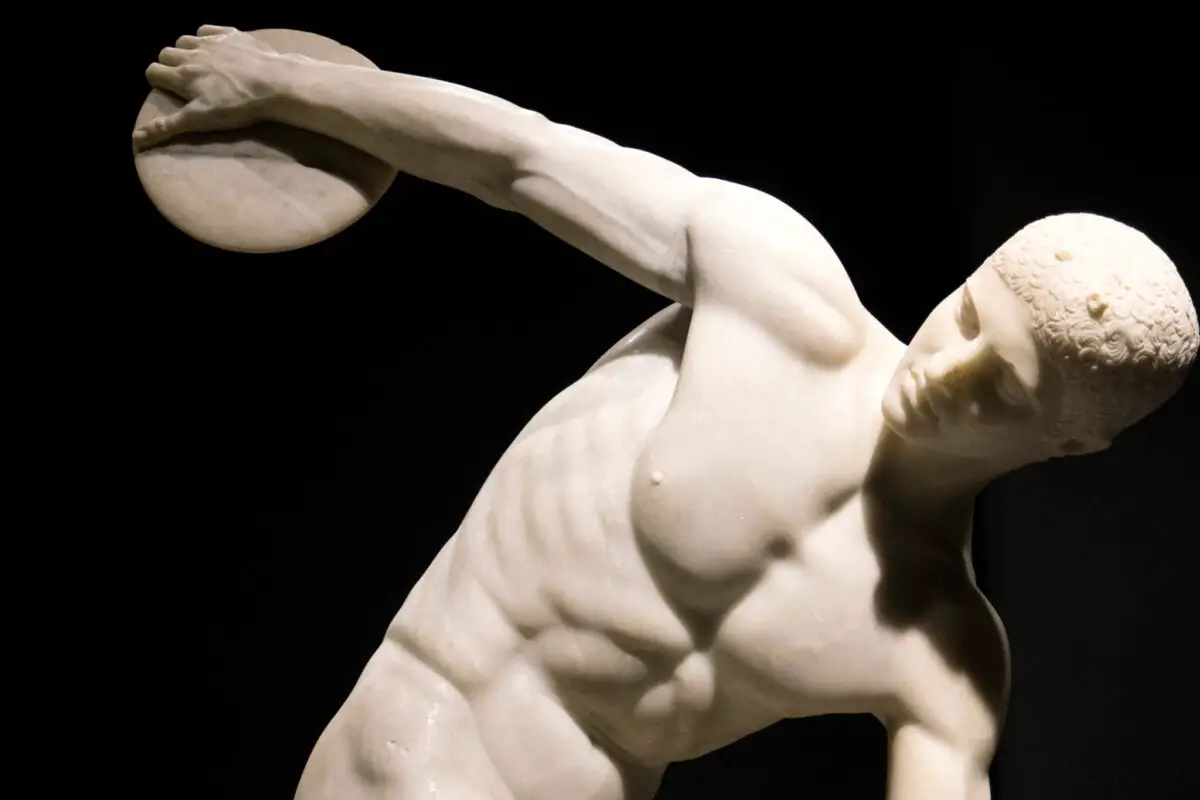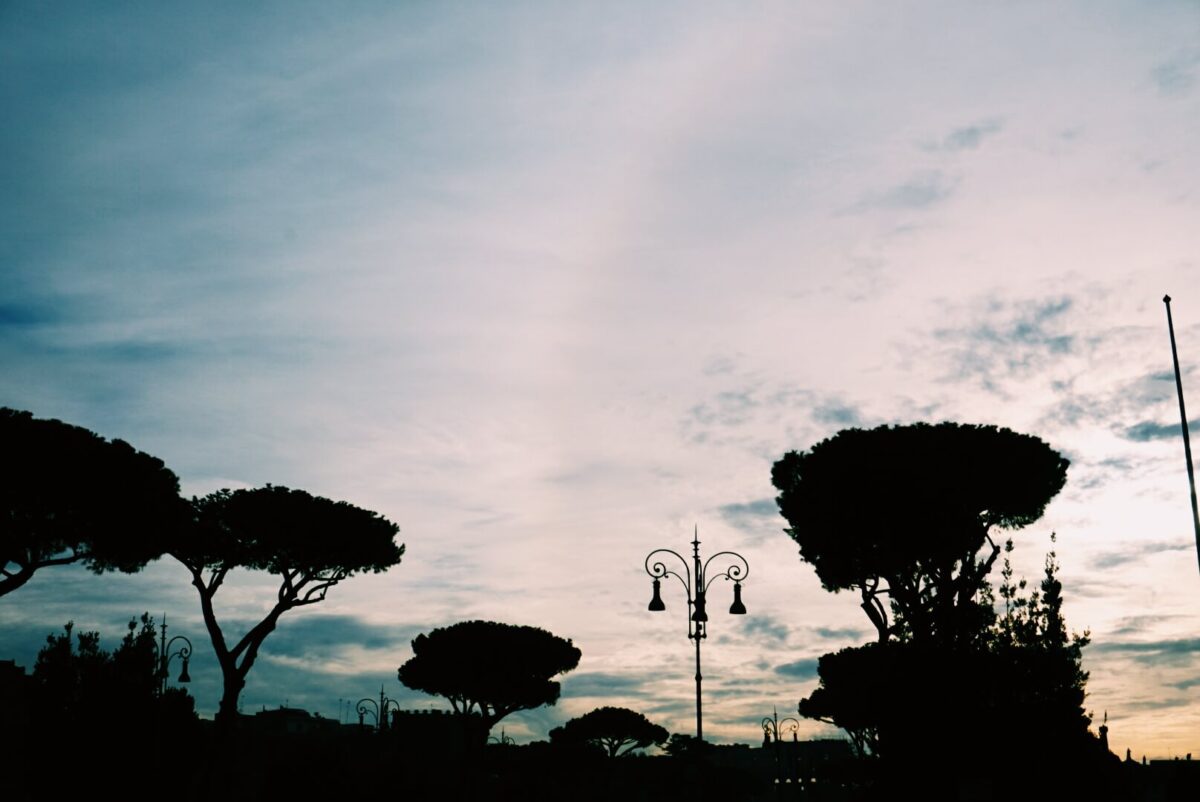The Italian Classicist in me loves a good glass of wine, and as I’ve recently been in Rome, I thought this guest post that popped into my email inbox may be interesting to some of you! It’s also a cheeky opportunity to share a few more of my Rome pictures. I’m very busy with writing essays at the moment, but after reading this I’m craving the bottle of Rose in my fridge…
If you are a newcomer to the world of serious wine tasting and collecting, you will probably have learned a reasonable amount of new terminology in a relatively short amount of time. In the beginning, this whirlwind of activity can be confusing. For example, it is not always immediately obvious to the newcomer what the advantages of many collector’s storage rituals are. Wine storage can often seem like an impenetrable topic as a result.
However, in order to get the most out of your wine, you need to understand at least the basics of good storage practices. Some wines are suitable to be further aged by experienced collectors, in some cases this can be a solid investment for the future. Even if you’re only looking to make some of your wine last until the next family gathering, it still pays to store your wine correctly.
Age Before Beauty
The exact statistics vary according to who is conducting the study, but most analysts seem to agree that 90-95% of wine bottles purchased in the UK are consumed on the day of purchase. This is a reflection of the fact that the majority of wine sales in the UK are now in supermarkets. Wine was, until relatively recently, considered to be a more refined beverage.
Good wine can now be purchased in supermarkets for less than £10, but clearly this wine is not made for storing. The kind of wine that you might store and age, to enhance either its characteristics or its price tag, is much finer than the kind you will find on supermarket shelves.
Which Wines Age Well?
The main varieties of red grape wine which can be successfully aged are cabernet sauvignon, shiraz, merlot, and to a lesser extent, pinot noir. Red grape wines, pinot noir being the notable exception, contain naturally high concentrations of phenols, anthocyanins, and tannins. All of these ingredients play a role in keeping the wine fresh.
During the aging process, the tannins undergo a process called polymerisation. This process causes the tannins to soften, and the colour to change from a blue-tinged red, first to ruby, then to mahogany, and finally to a pale brown. Fine wine storage, when done correctly, should bring out these characteristics.
During the aging process, the primary aromas will develop and evolve a considerably more complex profile. Secondary and tertiary aromas will find their way into the mix.
Storing Your Wine
This is what it all boils down to, how you store your wine. You should always store your wine bottles horizontally, in a stable and cool environment, away from direct sunlight. You also need an atmosphere which contains enough moisture to ensure the corks do not dry out in the bottles. You also want as little movement of the bottles as possible.
Many people prefer to take the safer option for their vintage wine storage, and so they hire a wine storage company such as Octavian Vaults who have the world’s leading fine wine storage facility.
When it comes to working out the best way of storing your wine, nothing is going to beat the advice of an expert who has first hand experience. Be sure to thoroughly research your options and your wine before you commit to any storage plans.
Thanks for reading,
*this is a guest post, pictures are mine.








